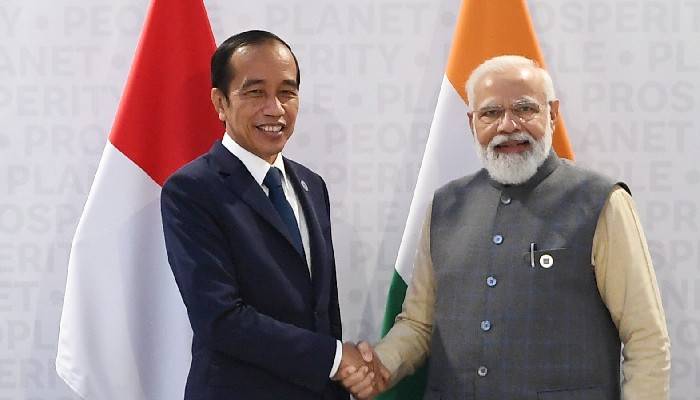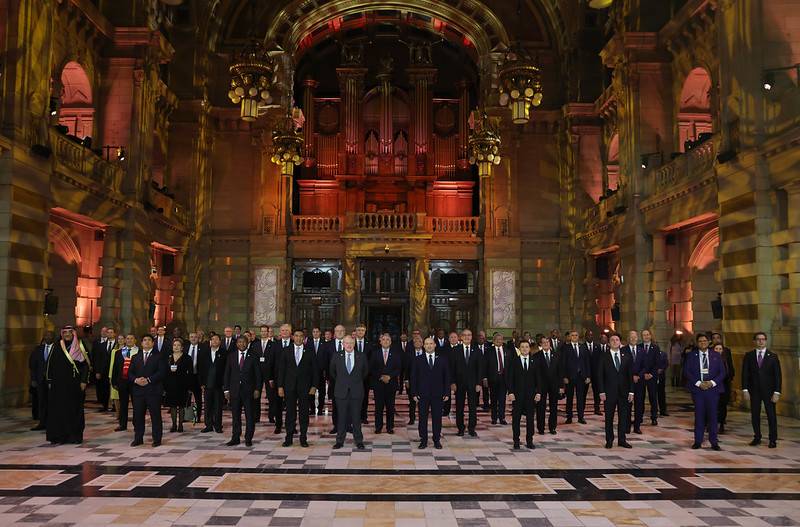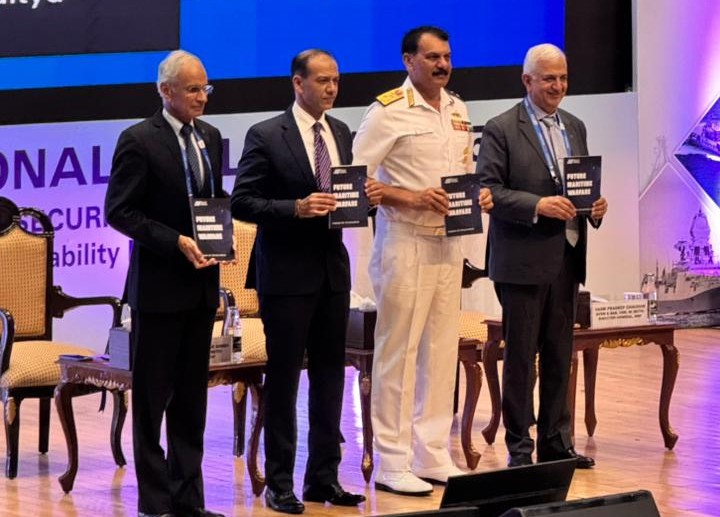Delhi’s air quality on Monday morning was pegged at the “very poor” category with its AQI settling at 302 and by evening, it increased to 306….reports Asian Lite News
Delhi’s air quality is likely to deteriorate “significantly” on November 5 and 6 and may reach the upper end of the “very poor” category with PM2.5 being the predominant pollutant, Ministry of Earth Sciences forecast on Monday.
In its outlook for the subsequent five days, the Air Quality Early Warning System for Delhi, that comes under the Ministry, said that the air quality is likely to deteriorate on November 5 and 6 significantly and may reach the upper end of the “very poor” category. PM2.5 to be the predominant pollutant.
“From November 4 onwards, the wind direction will change from the present easterly to north-westerly which are highly favourable to the intrusion of stubble burning,” System of Air Quality and Weather Forecasting And Research (SAFAR) founder and project director Gufran Beig told IANS.
“Even if 50 per cent of the firecrackers burst in 2020 happen to be lit this Diwali, then the air quality will deteriorate to ‘severe’, and without crackers, the air quality will settle at upper end of ‘very poor’ on November 5 and 6,” he added.
Delhi’s air quality on Monday morning was pegged at the “very poor” category with its AQI settling at 302 and by evening, it increased to 306.
The level of PM 2.5 and PM 10 pollutants in the air this morning stood at 122 and 256, respectively, whereas by evening, the level of PM 2.5 pollutants increased to 128, according to the SAFAR.
“Delhi’s AQI is in the ‘very poor’ category and likely to improve to upper end of ‘poor’ for Monday (November 1) and Tuesday (November 2) due to expected change in wind direction to westerly/south-westerly reducing transport of emissions from stubble burning. Isolated rainfall is likely in upwind region that would improve air quality. Share of crop residue burning emissions in PM2.5 is about 8per cent (Effective fire count 1,734). Prevailing shallow mixing layer height reduces dispersion of pollutants,” SAFAR stated this morning.
Air quality of Delhi starts deteriorating as winter approaches the national capital due to stubble burning in the state of Uttar Pradesh, Haryana, and Punjab. It often leads to a rise in toxicity by increasing the level of PM 2.5 and PM 10 pollutants in the city’s air.














